NOVENA IN HONOUR OF THE BLESSED GERARD
Founder of the Order of Saint John of Jerusalem
Founder of the Order of Saint John of Jerusalem
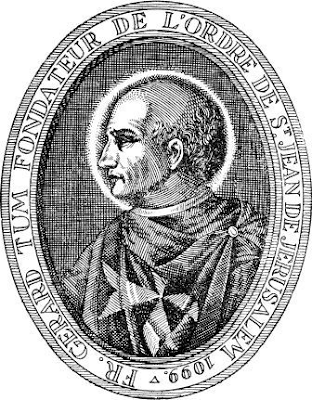
Coinciding with the end of our own Annual Novena for the perpetuation of the Traditional Latin Liturgy, and following upon an article in the most recent issue of our journal CHRISTVS REGNAT, the following novena was sent to me. I post it, not only because of the excellence of the subject but also on account of the introduction, which deserves to be more widely read.
Introduction
Specific rules and forms are helpful and indeed indispensable for the spiritual life of man. This principle applies in a particular way to the celebration of the liturgical year but also to prayer formulas which can be repeated to assist us in living our baptismal faith, even when our hearts may not be filled with the spirit of Easter.The novena is a very ancient and most human form of devotion. In classical Roman times, there were novendialia - nine days of diverse sacrifices or nine days of preparation for a feast. The term novendialia is still used today with reference to the nine days of solemn liturgies following the death of a pope and the nine days between the Feast of the Ascension and the feast of the Descent of the Holy Spirit at Pentecost, which were always days of particular prayer (once called Expectation Week) for the Church.
The present form of the novena appeared in the 17th century. As a series of prayers to be completed in nine days, either privately or in common, its object was to ask a particular favour of God in conformity with Jesus’ teaching: “I will do whatever you ask in my name, so that the Father may be glorified in the Son” (Jn. xiv:13)
It is a good exercise in one’s prayer life to pray a novena individually while being spiritually united with others who are praying the same prayer at the same time.
Novenas are frequently made for a particular need. The novena here presented in honour of Blessed Gerard is offered in a specific way for the Order and all its works with a particular urgent prayer for vocations to the consecrated life.
In this way, we pray to be like the first Apostles at Pentecost :
All these with one accord were constantly at prayer, together with a group of women and Mary the mother of Jesus and his brothers (Acts i:14), that is to say, his next of kin (his “brothers” according to the language of the time) in company with all those who, through baptism, have become sisters and brothers of the Kyrios, the Lord, Emmanuel, the Saviour, the Redeemer, the Risen Christ.
The theme of the novena from day one to day seven is a contemporary interpretation of the life of Blessed Gerard, the historical information being based primarily on Alain Beltjens, Aux origines de l’Ordre de Malte, Brussels, 1995.
The Life of Blessed Gerard
Gerard was born between 1035 and 1040, some say to a noble Provencal family, or more probably in the city of Scala (Amalfi) where the powerful patrician families maintained particularly close ties with the Holy Land and had seen to the foundations of monasteries and small houses for the reception of pilgrims in Jerusalem.It is possible that the terrible menace of Norman invasions started the young Gerard on his journey towards his future vocation, but it is more likely that he went to Jerusalem in order to be of assistance to pilgrims, thanks to the influence of a merchant named Mauro.
This charitable mission could be carried out easily under the role of the Caliphate of Egypt. However, in the battle of Manzikert (1071), the Byzantines were heavily defeated by the Seljuk Turks and 30,000 churches (among which the Basilica of the Holy Sepulchre in Jerusalem) were destroyed during the reign of the insane Caliph Hakim.
The ensuing persecution of Christians and obstruction of pilgrims provided Godfrey de Bouillon with the motive for taking Jerusalem on the 15th July 1099.
Help was provided to the crusaders by Gerard in the form of information and foodstuffs. Legend has it that he threw down bread from the walls of the city to the Christians who were besieging Jerusalem, but that the bread turned into stones when he was discovered. Gerard thereafter undertook the construction of a large hospital with the result that the name “Hospital” came to be the very name of his confraternity.
Possessed of a remarkable talent for organization, building a hostel for pilgrims and a church in honour of Saint John the Baptist, handling administration, reception, boarding and pastoral assistance for numerous wayfarers, caring for the wounded and infirm, Gerard was known even then as the “Master of the Sick”.
Gerard also appears to have organized pilgrimages to the Holy Land, personally.
The starting point was probably the Order’s branches in Italy and southern France by means of which Gerard had already given his community a European base.
Pope Paschal II placed the ‘Jerusalem Hospital’ under the protection of the Holy See on the 15th February 1113 and the Kings of Jerusalem, Portugal, Castille and Leon, along with many other princes and bishops, lent Gerard their support.
Gerard died on the 3rd September 1120. It is clear that his directives and his own example were the inspiration behind what is, by tradition, the first written Rule of the “Order of the Hospital of Jerusalem” enacted by Raymond du Puy between 1145 and 1153.
Day One
Founder and Superior of the Pilgrim’s House
With the Bull Pie Postulatio Voluntatis of 15th February, 1113, Pope Paschal ll placed the newly founded hospice under the protection of the Holy See. In it, he described Gerard as the “Founder and Superior of the Jerusalem Hospital” (Institutor ac praepositus Hierosolymitani Xenodochi).Founder and Superior of the Pilgrim’s House
The word ‘xenodochium’ stood for much more than ‘hostel’ means today. It was a shelter for strangers, for visitors and for pilgrims. Assistance to pilgrims in the Holy Land thereby became a responsibility of the Knights of Saint John at that time, as it later became along the “Way of Saint James” to Compostela or during the Holy Year 2000 in the Roman Basilicas of Saint Peter, Saint John Lateran, Santa Maria Maggiore and Saint Peter Outside the Walls.
In Gerard’s shelter, pilgrims were cared for in both body and spirit. So that their journey might be without incident, both the House and several of the roads used by pilgrims were watched and protected from the very beginning by armed men under the command of Gerard; but the fundamental element was spiritual fortification. In this, Gerard was the model – a man of action and a man of prayer.
Prayer
Jesus Christ, Lord of time and eternity:
Grant that all people may recognize the light of your truth.
Lord hear our prayer.
Grant that we may understand events in the light of the holy Spirit
and with your help persevere in goodness and compassion.
Lord hear our prayer.
Grant that we may recognize people’s needs in or own day and come to their aid.
Lord hear our prayer.
Send helpers to our side and do not abandon us in our earthly pilgrimage.
Lord hear our prayer.
Our Father... Hail Mary... Glory be to the Father...
Pray for us, Blessed Gerard
That we may be made worthy of the promises of Christ.
Let us Pray.
Direct our actions, O Lord, with your inspiration and accompany them with your aid, that all our works may at all times begin in you and through you reach their end. We ask this through our Lord Jesus Christ your Son, who lives and reigns with you and the Holy Spirit, one God, for ever and ever. Amen. (Collect for Thursday after Ash Wednesday)

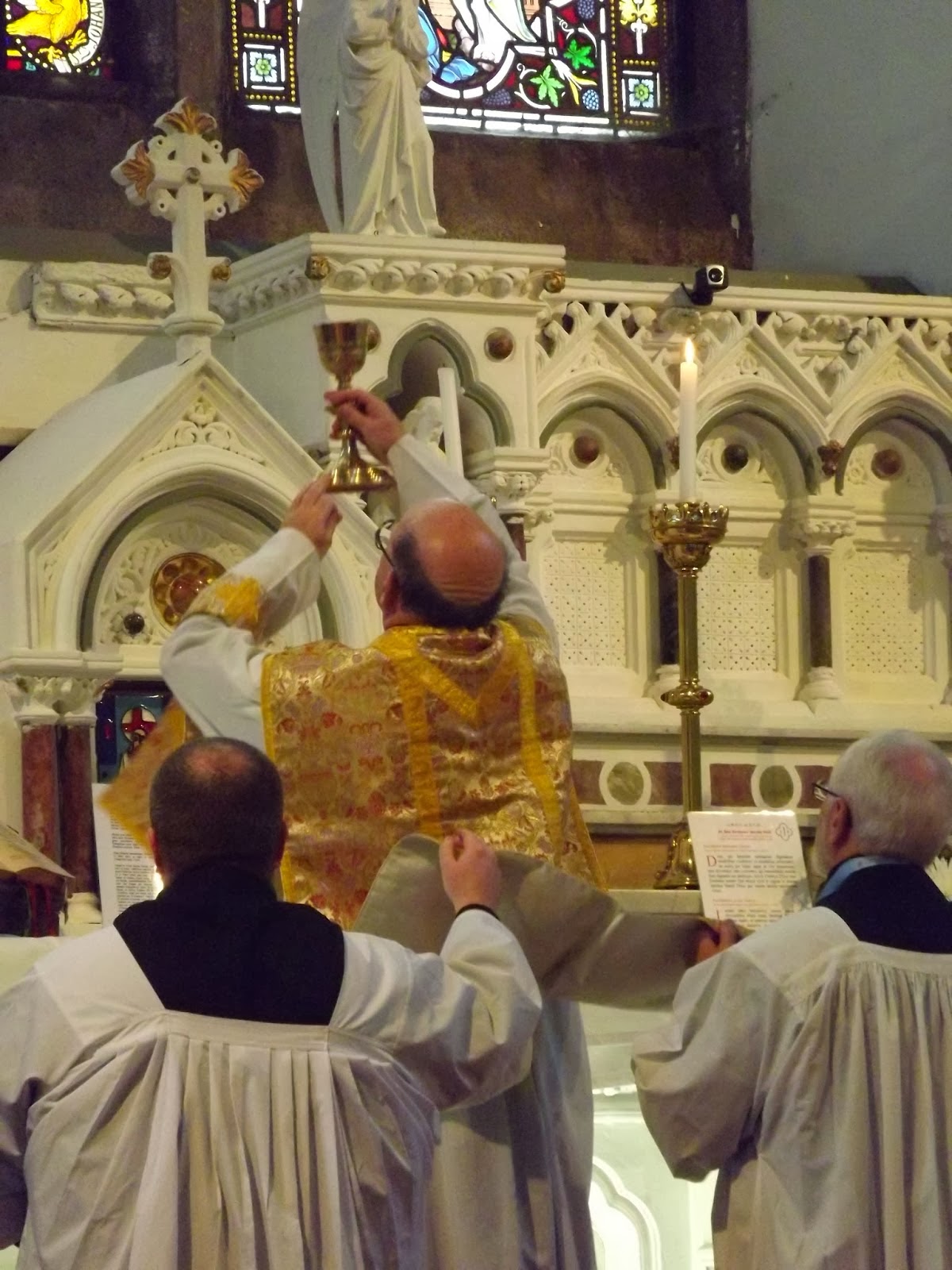




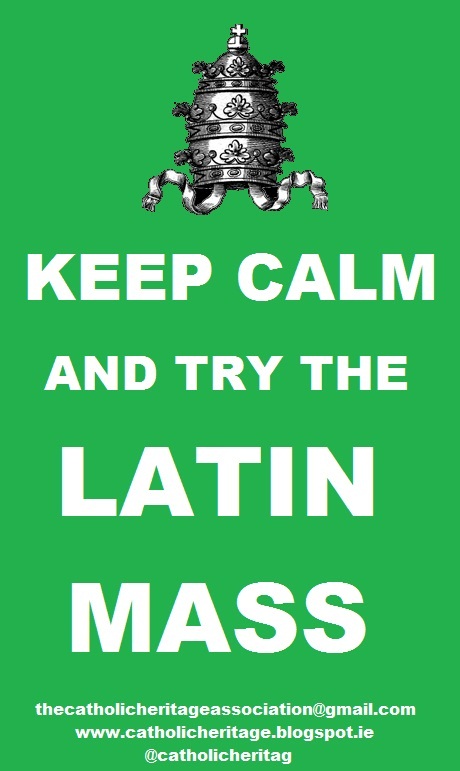

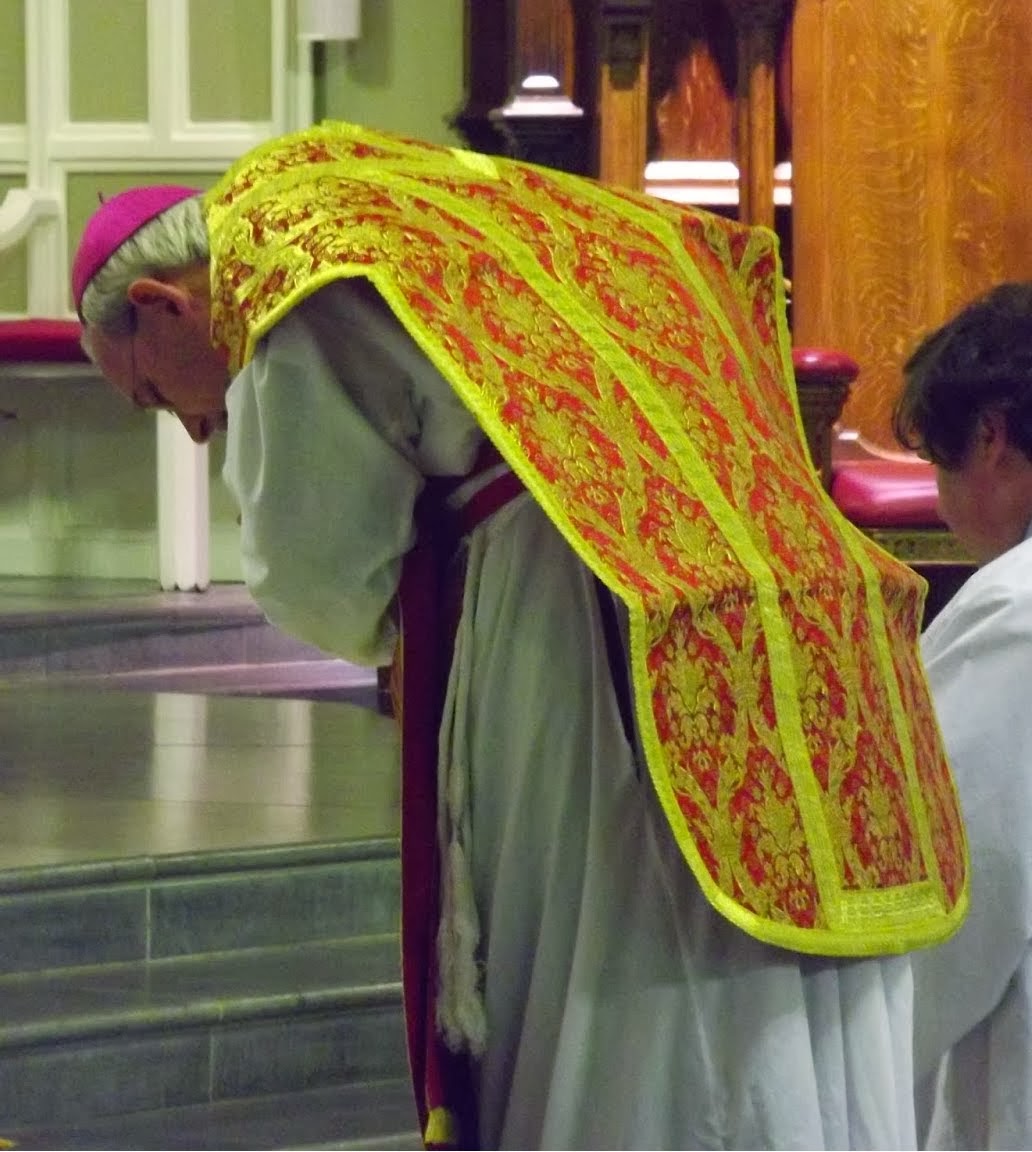
.jpg)




























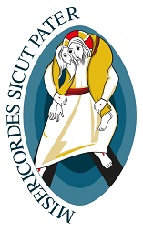
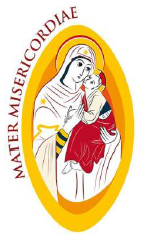
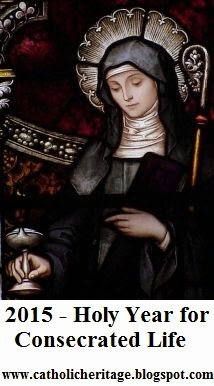
1 comment:
Great idea. Never heard of this guy but I like the sound of him.
Post a Comment